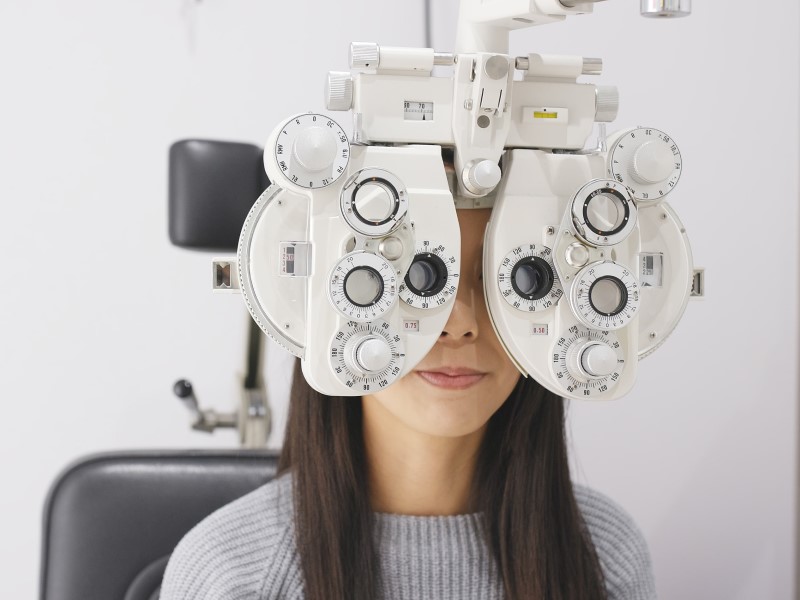The headlines speak of supply chain disruptions and more frequent extreme weather incidents. While “prepping” for the end of the world could be a scene from of a sci-fi movie, the truth is that preparedness for disasters is no longer just for the doomsday crowd. It’s for all. Even if you aren’t an experienced survivalist, you could still profit from this info.

Disaster Preparedness: More than the “Here Is the Apocalypse Shirt”
The thought of disaster is overwhelming. The way you think of it is of shelves filled with can goods and bunkers hidden for bug-outs in remote regions. But disaster preparedness doesn’t have to be that extreme. Implement practical steps to make sure you and your family are able to survive any storm.
When the Adrenaline Pumps: power of a Plan
Imagine a crisis situation like a power loss or a flood, or another type of emergency. Adrenaline rushes then panic is triggered and rational thinking gets put on the back burner. A plan for disasters is crucial in these circumstances. It will give everyone with a clear road to follow, as well as keep them calm and focused even in the midst of chaos.
Improve Your Online Shopping Skills: Building Your Bag to Go Bag and Emergency Kit
You can think of disaster planning as an online shopping option for emergency situations. Utilize your shopping skills! Stock an emergency kit for situations in which you have to shelter-in-place, with the essentials such as water, non-perishable food items, and first-aid kits. Don’t forget to pack a Go Bag. This portable kit is packed with all the essentials for an evacuation. The items are easily searched for and acquired as time goes by. The preparation for disasters is an easy task.
Disaster Preparedness: A Journey, Not a Destination
Building resilience to disasters is a process that continues. By checking your supplies on a regular basis, you can ensure that they’re not in a state of depreciation or ineffective. Conducting practice drills with your entire family can help everyone get familiar with the procedure and lessens stress during an emergency.
From Fear to Prepared: Practical Steps for Non-Preppers
Take it slow When the thought of planning for the possibility of disasters seems overwhelming. Start with a basic first-aid kit and one gallon of water. Know the basic protocols for emergencies such as CPR or sheltering in place. These simple steps can make a huge impact in the event of a crisis.
Strategies for shelter-in-place: Beyond the bag of contents
Not all disasters require evacuation. Sometimes, a place to stay is the safest course of action. It is essential to keep an emergency kit, which includes food, medication, and water. Explore your options for alternative power sources like battery-powered radios. You might also want to stock up on some kind of entertainment (books or games,) to help you stay in being in isolation.
Building Resilience: Be Prepared for Disasters as a Familie
If you involve your family members in the preparation for disasters it gives them the tools to increase their resilience. Speak openly about risks within your community and talk about the plan with each other. Designate roles and responsibilities for drills, and make sure that everyone knows how to work together and who they can call in the event of an emergency.
Develop a Habit of Building on ongoing disaster preparedness
The idea of being prepared for natural disasters isn’t about being paranoid; it’s more about being at peace. By incorporating a few simple rules in your daily routine you can greatly increase the preparedness of your family. Sign up for local emergency alerts and keep track of weather forecasts frequently. Change your emergency kit. These small steps can have an enormous impact in the event of a disaster.
Make your shopping skills into Survival Smarts The Ultimate Disaster Prep Hacks
Your shopping skills online will come in handy once again! Shop for non-perishable items in sales and purchase these items in bulk. By integrating your water source in your daily routine it will allow you to rotate your water. Consider investing in a multi-purpose tool such as a Swiss Army knife for added security. You can turn your everyday routine into ways to prepare for the possibility of disasters using a little some imagination.
Disaster-Proof, Not Doomsday-Crazy Practical Strategies to A More secure Future
Be aware that disaster preparation doesn’t mean giving in to fear. It’s about taking control and taking proactive measures to ensure the safety and wellbeing of yourself and your loved ones. Through incorporating practical measures into your routine and following these guidelines, you’ll be more ready for the unexpected. Begin planning your future today.